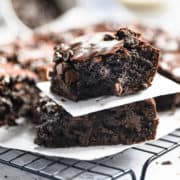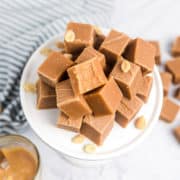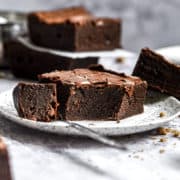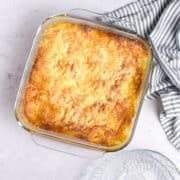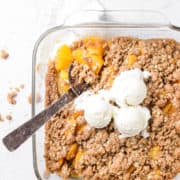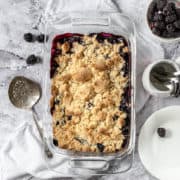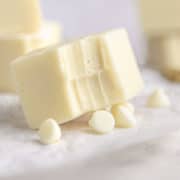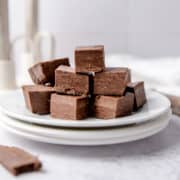Fresh bread is always a joy to eat, especially when it's still warm from the oven and generously slathered in butter. Discover how to store homemade bread so it doesn't go stale too fast and you will be able to enjoy the whole loaf right down to the very last slice.
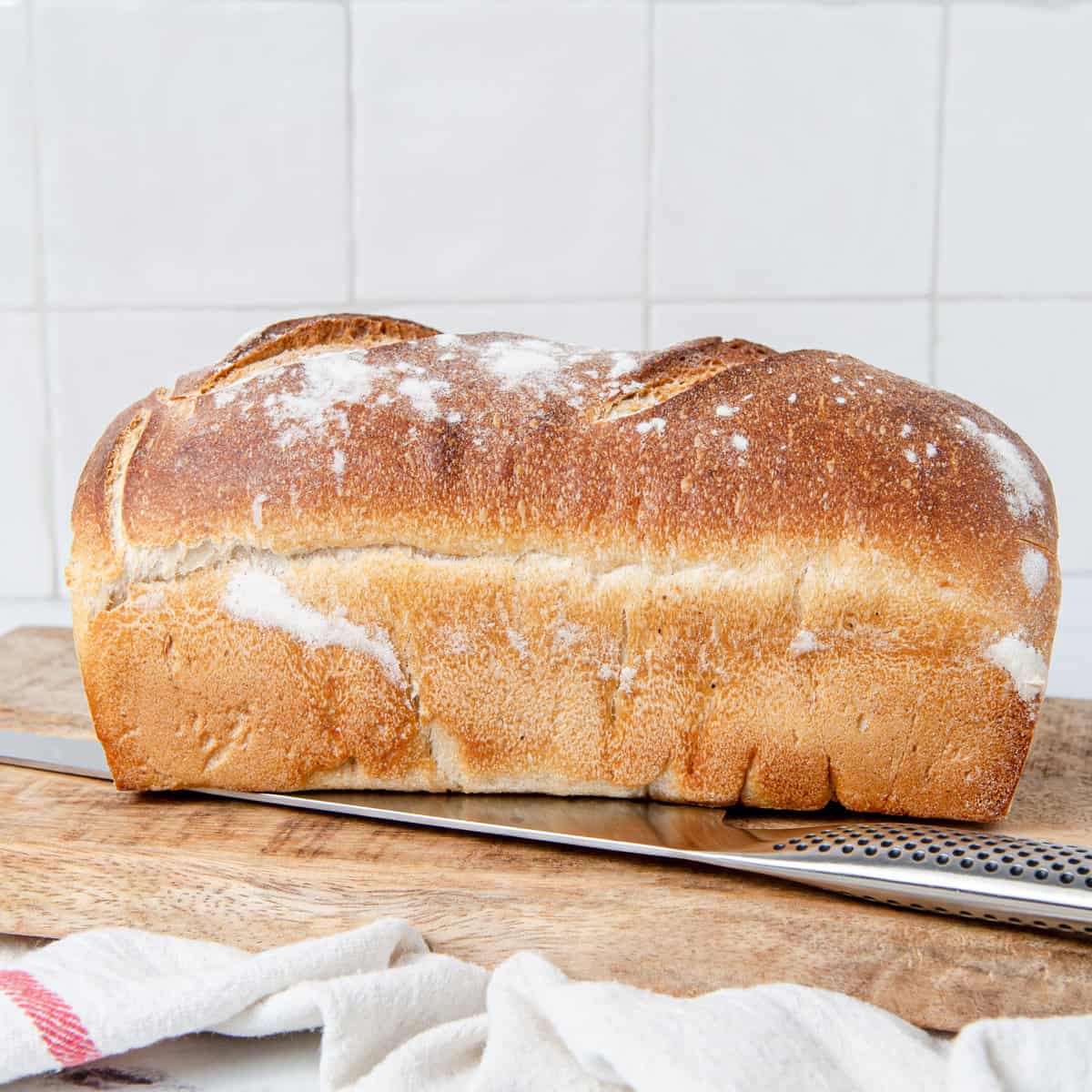
Jump to:
Store-bought bread will do in a pinch, but making your own sourdough bread or other types of bread recipe means fresher, more delicious results and your whole house will smell amazing while it's in the oven.
I don't always make my own, but when I get into a bread-making mood I love everything from the kneading to the delicious aroma coming from the oven! Grocery store loaves just aren't the same.
Although you can use stale bread in recipes like French toast, bread and butter pudding, or for a special occasion, eggnog bread pudding, there's nothing quite like fresh crusty bread, as long as you know how to store it so it stays that way for as long as possible.
What is Homemade Bread?
Anything counts as homemade bread, so long as you make it yourself. Perhaps you have a bread machine, which is the simplest way to make it, or maybe you love to use fresh yeast and make your own. There are literally hundreds of different kinds of breads you can make, and you can also come up with your own variations by adding other ingredients such as nuts, seeds, cheese, or herbs.
Bread has been around since prehistoric times. This food, which is made from flour or some type of meal, kneaded and sometimes fermented, is popular all over the world. During Neolithic times it was made by mixing crushed grains and water and then probably baked over hot ashes. The ancient Egyptians let their wheat doughs ferment for a light, airy loaf. They also invented the first baking ovens.
Although bread is low in nutrients compared to, say, fruits and vegetables, some kinds do offer health benefits such as fiber, vitamins, and minerals, but this varies largely depending on the type of bread you're making. Some types are very low in fiber and nutrients while others are much higher. If you're making a sandwich, perhaps you'd like to add a nutritious filling for a healthy, balanced meal.
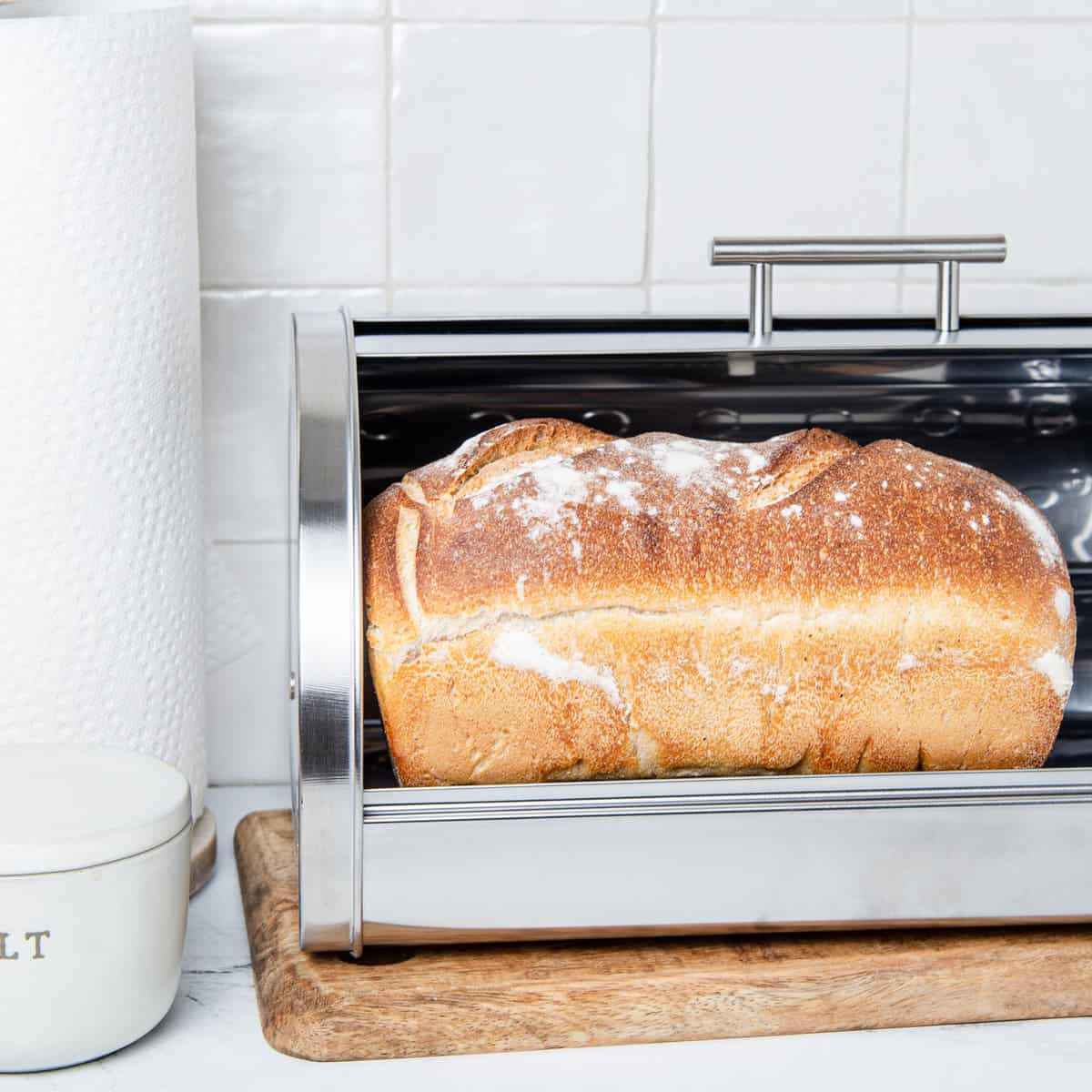
How to Store Homemade Bread
Most recipes for homemade bread lack the preservatives found in commercial loaves, meaning they won't keep for as long. It's well worth knowing how to store homemade bread to keep it fresh for longer, so you can enjoy the crusty exterior and fluffy, chewy inside for days.
- Keep homemade bread in a dry place at room temperature for the best results. Refrigerating it will dry it out when the cold air pulls out the moisture content.
- Bread boxes, also known as bread bins, are the best place to store bread because they have great air circulation to extend the life of your homemade bread. You can also stash other baked goods in there.
- Another option would be a paper bag or plastic bag, but if you're using plastic then first ensure there's no condensation in there to speed up your bread spoiling. A linen bread bag or cloth bag would also work as well as a bread bin so it might be a good idea to invest in a reusable bread bag.
Most types of homemade bread will keep for around 3 to 5 days, depending on how warm and humid your kitchen is, as well as the type of bread you're making. But you should get at least a couple of days out of it when making your own bread. It's always best on the first day though!
Another idea is to freeze it if you have too much bread to use fresh and this is a great way to store it for months. Once your loaf is completely cool, slice it and then wrap it in plastic wrap and then a freezer bag or aluminum foil to prevent freezer burn and use it within 6 months. You don't have to slice it first, but it's useful if you just want to grab a couple of slices rather than have to thaw the whole lot.
How to Tell if Homemade Bread is Spoiled
Mold growth on the surface of your bread means it's spoiled. The mold can be green, black or white. Green or blueish-green mold with black spots is penicillium spores and they can give you food poisoning. White mold denotes aspergillus spores which can cause skin irritation. Black mold can make you sick too. If there is any sign of mold on the bread, it's spoiled and shouldn't be eaten.
Rotten bread tends to smell bad too. If it has a dull, musty, or sour smell, throw it out. Spoiled bread also goes dry and hard and might taste bitter or sour. If you notice any of these signs, I highly recommend that you throw the bread away. It can make you sick so isn't worth the risk if you're not sure whether it's spoiled or not.
Common Questions
If you want to make a batch of bread or you are looking for something that isn't going to spoil in a day or so, consider sourdough bread instead of yeast breads. This kind of bread has lactobacillus bacteria that produce natural antifungal compounds and has higher acidity. The longer fermentation it undergoes means it loses moisture and hardens slower than some other loaves. Sourdough bread is much slower to develop mold because it has more microbes.
Despite your best efforts, homemade bread can become stale quicker than you might expect. Just to be clear, there is a big difference between stale bread and spoiled bread. If your bread looks and tastes good but it's dried out, it's stale. If it's got mold on it or smells or tastes weird, it's spoiled and shouldn't be used. Bread turns stale between being fresh and bad. You can make bread crumbs with stale bread or use it to make delicious bread and butter pudding or another recipe calling for stale bread.
Although sliced bread is best for making bread and butter pudding, that doesn't mean you have to throw out baguette bread when it hardens, which is good because this type of bread only tends to last a day or so before going stale. I love to cut it in half lengthwise, brush butter over it, sprinkle on minced garlic, and perhaps some parsley, and broil! Homemade garlic bread is always a nice treat. You can also add some shredded cheese on top before broiling.
Bread recipes vary, as do ovens, and it's not always clear when a homemade loaf is ready. You will be hoping for a crispy crust and soft interior since this is what makes the perfect bread. After the suggested cooking time, take a look at the loaf. If it's done, it should be golden on top and look dry and crisp. Bread in a loaf tin should be starting to pull away from the edges of the tin and you should hear a hollow sound when tapping the bottom of the tin if the bread's fully cooked. If it doesn't sound hollow, that means the middle is probably still doughy and you should bake it a bit longer and then check again. Let the bread cool on a wire rack before storing it in a bread drawer or bread bin.
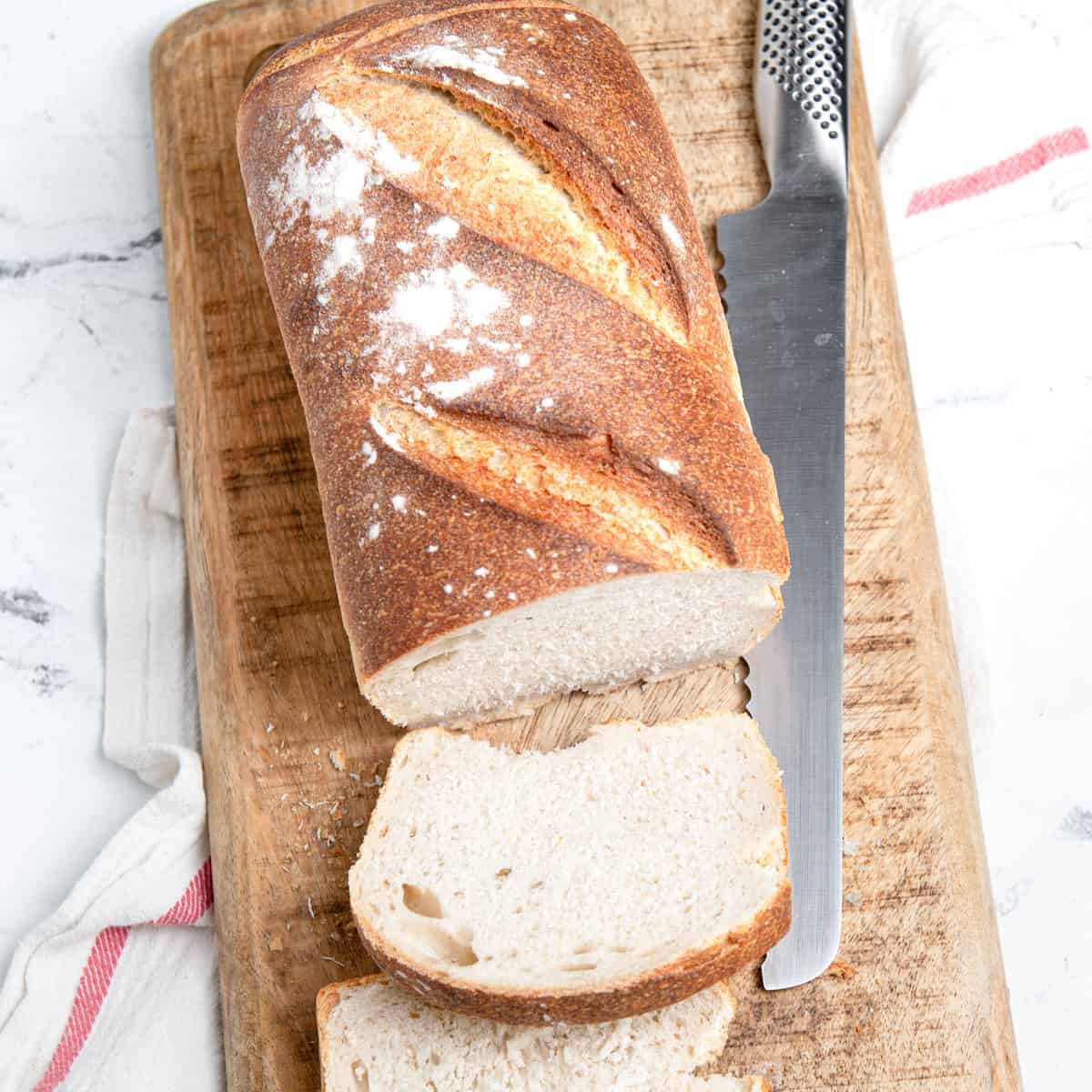
Interesting Facts
- Sandwiches are named after John Montagu who enjoyed eating beef between two slices of bread. He was the 4th Earl of Sandwich, England, in the 18th century, hence the name.
- Some breads are steamed, boiled, or fried rather than baked.
- Bread was used as a trencher (absorbent plate) during medieval times. After the meal was finished, the trencher could be eaten, fed to the dogs, or given to the poor.
Now you know how to store your delicious homemade bread to keep it fresh, you might want to make some delicious homemade bread to impress the family. There are so many bread recipes to choose from you never have to make the same loaf twice.



